Commentary: Will Native tribes secure Grand Staircase-Escalante National Monument?
Published in Op Eds
On March 25, representatives of six Southwestern tribes announced the formation of the Grand Staircase-Escalante National Monument Inter-Tribal Coalition. They are following the model of the Bears Ears Inter-Tribal Coalition, the moral force behind the 2016 establishment of Utah’s Bears Ears National Monument.
This elevation of Indigenous voices in land management signals a cultural shift in America — and it’s a transformation worth celebrating in this dark time.
These Native people — including the Hopi Tribe, the Navajo Nation, the Kaibab Band of Paiute Indians, the Paiute Indian Tribe of Utah, the Ute Mountain Ute Tribe and the Zuni Tribe — all have ancestral connections to this vast southern Utah monument designated by President Clinton in 1996. Indigenous groups have unique and authoritative standing to advocate for the conservation of these aboriginal lands and to work with federal agencies as co-stewards, preserving sensitive monument resources.
The Grand Staircase Coalition is launching just in time to defend this particular landscape from any attempts by the Trump administration to modify the monument’s boundaries or reduce its protections. On Feb. 3, Trump’s secretary of the Interior, Doug Burgum, issued orders “unleashing American energy” and mandating a “review” of public lands where energy development is forbidden, such as Bears Ears and Grand Staircase.
“Tribes carry an invaluable treasure of traditional knowledge about these lands, meticulously passed down through generations,” Anthony Sanchez Jr., head councilman of the Zuni Tribe, said in a statement announcing the coalition’s formation. “Indigenous perspectives illuminate the intricate interconnectedness of ecosystems…. The rich tapestry of oral histories, cultural narratives, and ceremonial traditions provides essential context, often uncovering insights that written records overlook.”
When I worked on book projects in Native America in the 1980s and 1990s, I listened to dozens of such narratives. I interviewed and photographed several hundred Native people in the 50 reservations in the Southwest and encountered stunning generosity and enduring traditions everywhere. I did my best to honor these gifts, to channel the warmth and strength of “the People” (as so many cultural groups call themselves in their own languages) in my work as messenger, bringing Native stories to general readers.
As a white man, I couldn’t do those books today, and this shift is both appropriate and thrilling. Native people now speak for themselves, and they insist on the right to do so. Young members of tribal communities are fierce about claiming their voices — in writing, in art, in film, in public policy. FX’s streaming series “Reservation Dogs,” whose writers and directors, and most of its actors and crew, were Indigenous, broke ground for authenticity on television. Tribal members have served as secretary of the Interior (Deb Haaland, from New Mexico’s Laguna Pueblo) and director of the National Park Service (Chuck Sams, Cayuse and Walla Walla). The Biden administration appointed more than 80 Native people to federal positions.
President Joe Biden also established national monuments in Arizona, Nevada and California that protect Indigenous sacred lands, responding to longstanding tribal initiatives. He issued a formal apology for the federal government’s forced assimilation practices and established Carlisle Federal Indian Boarding School National Monument in Pennsylvania, acknowledging the painful legacy of the Indian boarding school era and the resilience of Indigenous communities and tribal nations.
In those long-ago years of my fieldwork, Peterson Zah, then president of the Navajo Nation, told me, “Indian life is a roller coaster. When we are at the very top of the roller coaster, we have to do things to allow the survival of the Indian people. That’s the only time you can accomplish things, when people are willing to listen.” Lakota historian Vine Deloria Jr. noted that the United States gets interested in Native people in cycles. About every 20 years, there’s a brief flurry of attention, and then Indigenous issues disappear again from the national agenda.
In 1990, what grabbed headlines was the film “Dances With Wolves.” At the 1991 Academy Awards, Doris Leader Charge translated acceptance speeches into the Lakota language. In the weeks that followed, Sen. Daniel Inouye, D-Hawaii, longtime chair of the Senate Select Committee on Indian Affairs, found prominent senators knocking on his door daily, requesting a seat on his usually neglected committee. For the first time ever, he had a designated committee room and a full slate of members. Inouye joked with Zah that the new converts were the “Dances With Wolves” senators.
With increasing co-stewardship and co-management of their ancestral lands, today’s Native people are breaking the on-again, off-again cycle of attention. “Native American” and “Indigenous people” may be on the list of words scrubbed from government documents and websites, but Trump’s lack of respect for tribal sovereignty and disinterest in Indian Country will be a passing blip in the “rediscovery of America,” as Native historian Ned Blackhawk calls our new regard for Indigenous history.
Native peoples who continue to interact with the Grand Staircase-Escalante landscape traditionally and ceremonially can trace their deepest roots in the region back at least 13,000 years. “We are the living descendants of the ancestors that left their footprints and writings across Grand Staircase-Escalante National Monument,” says Autumn Gillard, cultural resources manager with the Paiute Indian Tribe of Utah.
Indigenous people have persisted, miraculously, despite America’s efforts to erase them. No matter the volatility of changing political winds, we must continue to honor Native voices, listen to traditional ecological knowledge and insist on respect for our Native neighbors. Empowering and engaging with the Grand Staircase-Escalante National Monument Inter-Tribal Coalition is one way to live up to that responsibility.
_____
Stephen Trimble served on the board of Grand Staircase Escalante Partners. His books include “The People: Indians of the American Southwest” and “Talking With the Clay: the Art of Pueblo Pottery in the 21st Century.”
_____
©2025 Los Angeles Times. Visit at latimes.com. Distributed by Tribune Content Agency, LLC.
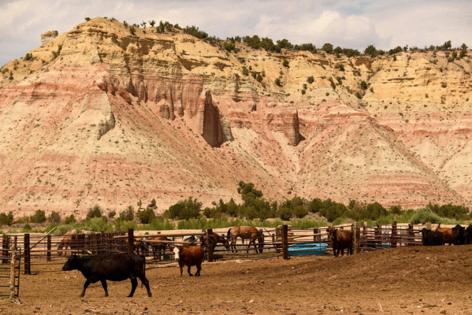


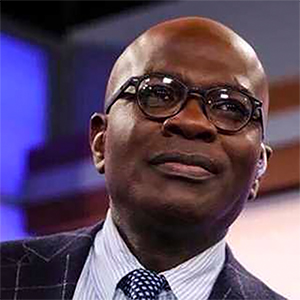



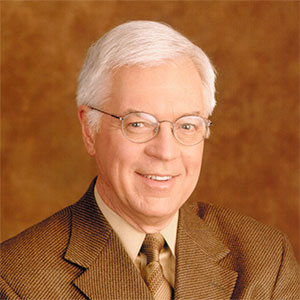
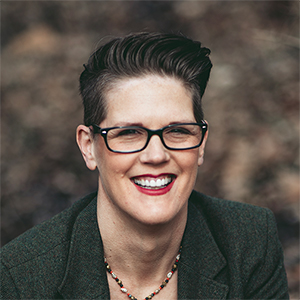
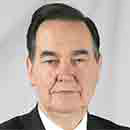

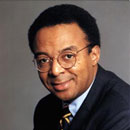






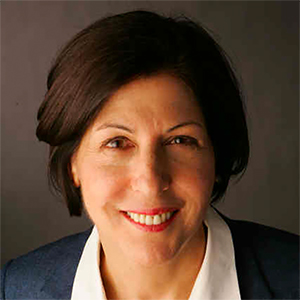
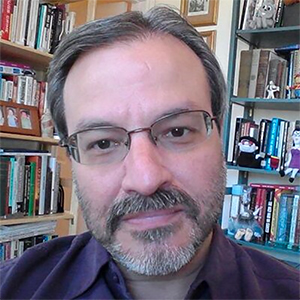



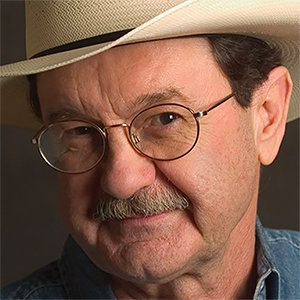

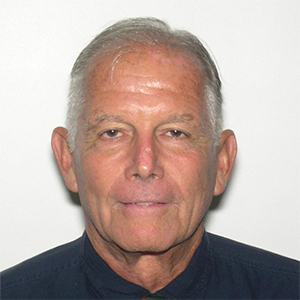

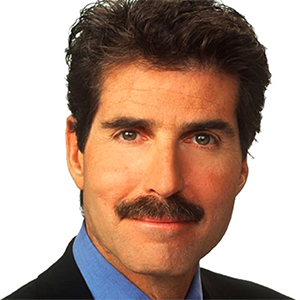
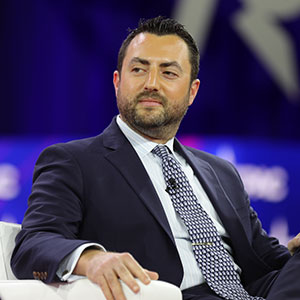



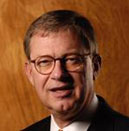
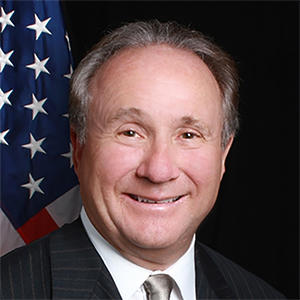

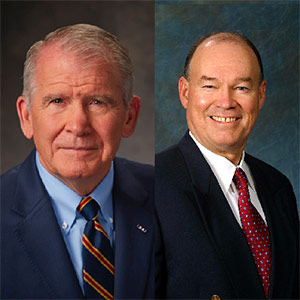




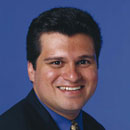














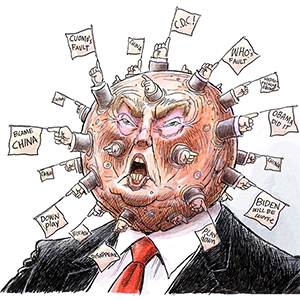


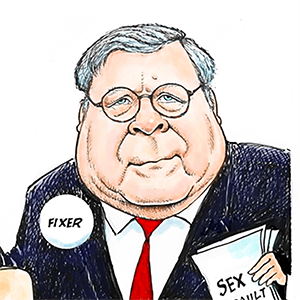

Comments